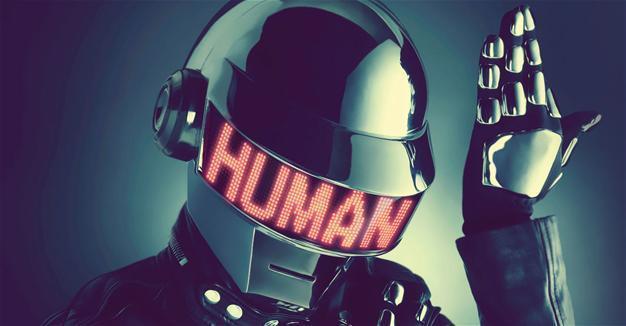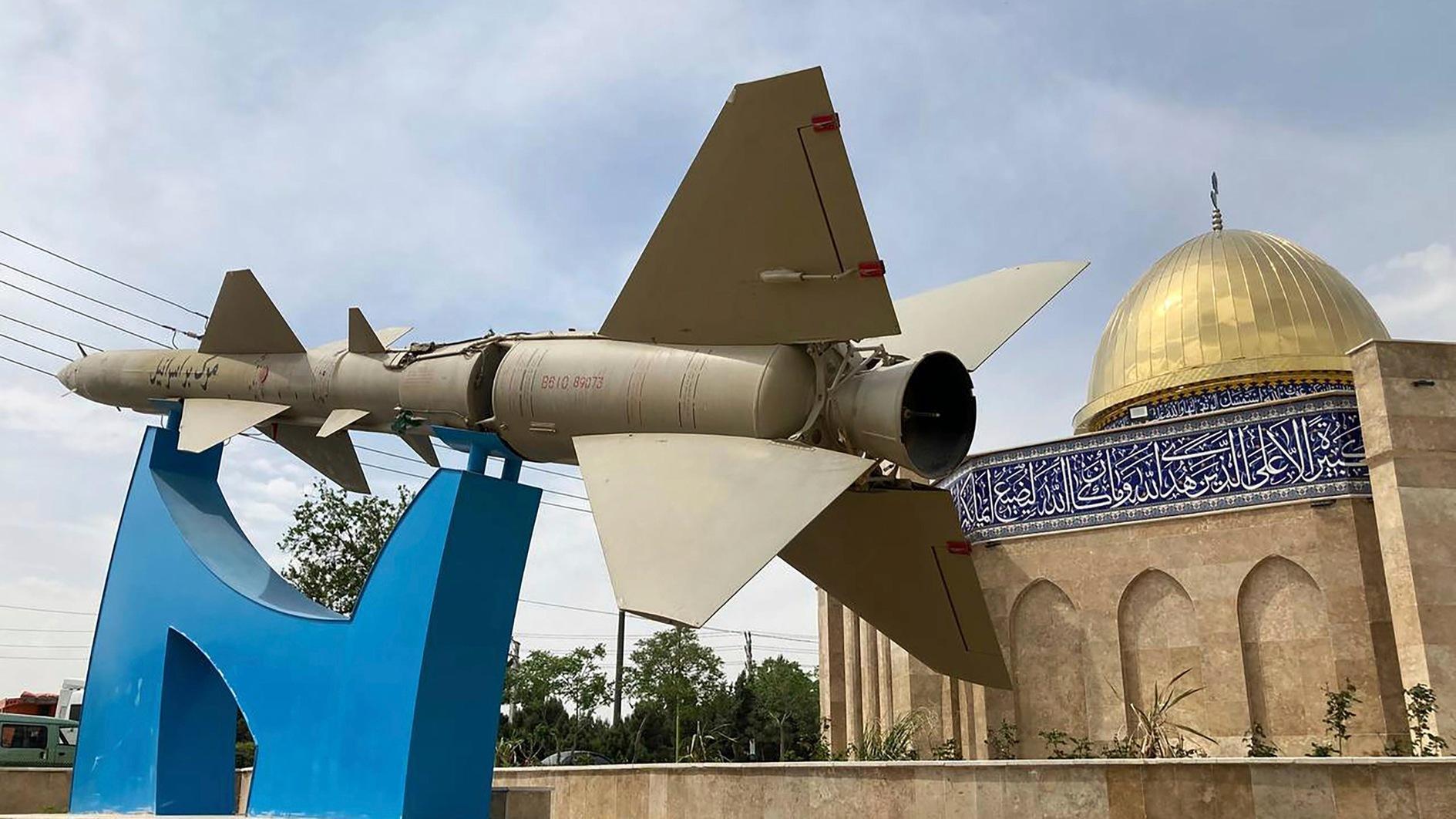‘Are we human?’ questions Design Biennial
ISTANBUL
 The third Istanbul Design Biennial, “Are We Human? : The Design of the Species : 2 seconds, 2 days, 2 years, 200 years, 200,000 years,” will open this weekend with events around the city for the next month.
The third Istanbul Design Biennial, “Are We Human? : The Design of the Species : 2 seconds, 2 days, 2 years, 200 years, 200,000 years,” will open this weekend with events around the city for the next month.Curated by Beatriz Colomina and Mark Wigley, the biennial will explore the intimate relationship between “design” and “humans” over a time period that ranges from the last two seconds to the last 200,000 years.
It will present more than 70 projects by over 250 participants, including designers, architects, artists, theorists, choreographers, filmmakers, historians and archaeologists from more than 50 countries.
The biennial, which will be free of charge, will be hosted at five main venues; Galata Greek Primary School, Studio-X Istanbul and Depo in Karaköy, Alt Art Space in bomontiada, and the Istanbul Archaeological Museums in Sultanahmet.
“The Istanbul Design Biennial aims to expand the horizons of design concepts and further raise public awareness about the importance and ubiquity of design in everyday life. Visitors to the biennial will encounter new thoughts and perspectives and ask new questions about design,” Bülent Eczacıbaşı, the chair of the event’s organizer, the Istanbul Foundation for Culture and Arts (İKSV), said at a press opening on Oct. 20.
The third Istanbul Design Biennial has multiple overlapping layers through which visitors are invited to re-think design. More than 70 projects are organized in four “clouds”: “Designing the Body,” “Designing the Planet,” “Designing Life” and “Designing Time.” The clouds of “projects” are not strict divisions but are like different gates to the same dense forest of interconnected thoughts.
The wide array of projects presented in “Designing the Body” explores variety of ways in which we can think of the human body as an artifact that is continually being reconstructed – from the dramatic effect of shoes on human abilities and even bone structure to the latest research on the brain.
“Designing the Planet” presents a series of projects that ask people to rethink the human design of vast territories and ecologies, while “Designing Life” looks at the new forms of mechanical, electronic and biological life that are being crafted.
“Designing Time” presents a new kind of archaeology that digs into a vast space of time spanning from the very first human tools and ornaments to the most recent technologies like social media which allow humans to redesign themselves and their artifacts in as little as two seconds.
The biennial invited a large number of designers, architects, artists, theorists, choreographers, filmmakers, historians, archaeologists, scientists, labs, centers, institutes and NGOs to respond to the polemical curatorial manifesto “Are We Human?” written by Colomina and Wigley.
The works presented range historically from three full galleries showing huge casts of multiple 8,500-year-old Neolithic footprints of the first inhabitants of present-day Istanbul, especially prepared for the biennial at the Istanbul Archaeological Museums, to 13th-century Islamic Renaissance Automata challenging the latest thinking about computation, to the iconic Transparent Man from the Dresden Museum of Hygiene, making his first return trip to Istanbul since 1938, to anthropological displays of Homo cellular, the hybrid of human and mobile phone born in 1983, and the new forms of design in two seconds on social media.
Every biennial participant scrutinizes the human from a different angle. For example, Tacita Dean’s film “Human Treasure” respectfully observes a day in the life of an elderly Japanese man officially designated as a “human treasure” in the country.
“Unspoken” by Diller Scofidio + Renfro, meanwhile, explores Darwin’s observation that only humans blush.
“Institute of Isolation” by Lucy McRae explores the effects of extreme isolation in outer space on human evolution.
Martha Rosler presents “South Africa: Crossing the River Without a Bridge,” a newly completed video of housing injustice in action based on tapes from her time teaching and working with community groups in South Africa in 1990.
“Forensic Architecture” considers the question of whether orangutans should be granted human rights. “City of Abstracts” by world-famous Choreographer William Forsythe invites all visitors to redesign their bodies in real-time through movement.
A joint project
The biennial will also inaugurate a special collaboration with e-flux, a publishing platform and archive for artist projects and curatorial platforms.
“Superhumanity” is the first project by e-flux Architecture, initiated by Nikolaus Hirsch and Anton Vidokle, presenting more than 50 essays on the design of the self.
In “Superhumanity,” the contributions initially appear online as a series of dispatches circulated by e-flux as well as an installation in the biennial exhibition, and subsequently as a book.
The list of authors includes over 50 writers, scientists, artists, architects, designers, philosophers, historians, archaeologists and anthropologists. Contributions have been published every other day since mid-September.
Two centuries of design in Turkey under spotlight
Turkey Design Chronology presents the first phase of a three-year research project by a team of more than 50 Turkey-based experts into the last 200 years of design in Turkey.
It is an attempt to bring together fields such as packaging, graphic design, communication and advertisement, housing, furniture, landscape, industrial buildings and others which have not been addressed from the perspective of design yet, like lighting, toys, music, ceramics, health or non-governmental organizations, within a time frame starting from the Ottoman Tanzimat reform era (beginning around 1839) until today. Topics are being prepared under the coordination of Pelin Derviş, and with the contributions of an array of experts in each respective field.
The biennial will also host many exhibitions and projects through the Academy Program, organized in collaboration with 26 universities from six different cities. It will include products and ideas created through workshops, competitions and projects by various faculties and departments of the universities in their campuses.
Entrance to the biennial venues is free to the public except at the Istanbul Archaeological Museums, where entry requires a museum ticket.
There will be guided tours at the Galata Greek Primary School, Studio-X Istanbul and Alt Art Space.
The biennial will run from Oct. 22 to Nov. 20.
















